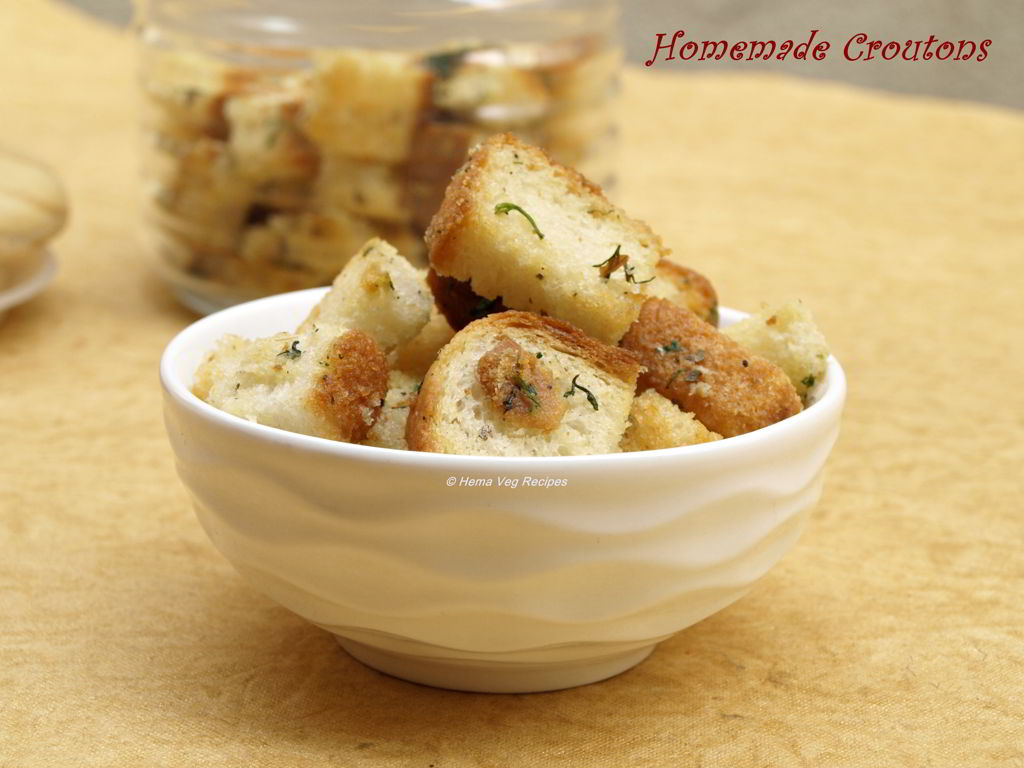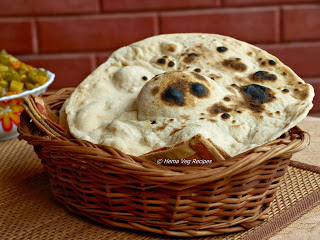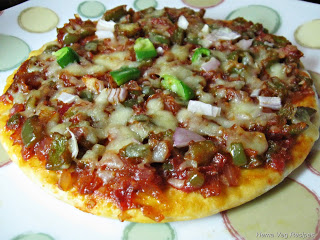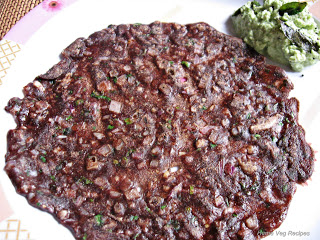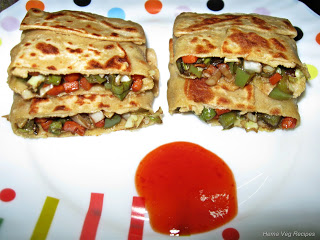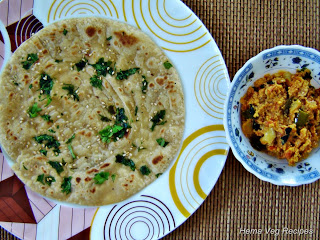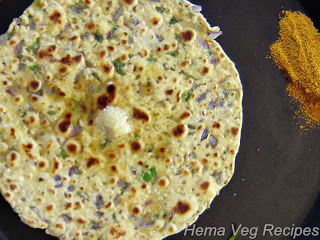Phulka is an Indian bread made with wheat flour and no oil. Chapati is also Indian bread made with wheat flour and with little quantity of oil. Phulka in daily menu is my favorite dish. Making daily Phulka or Chapati has become a passion to me. I learnt how to roll the Chapati before my marriage, may be when I was in 10th standard. During my visits to Grandma’s house, I would roll Chapati for everyone and she would tell me not to worry about the shapes. It was really amazing to see my cousin Veena rolling the Chapati into a circle. She taught me how to roll them in circular shape and I am proud to say that I make round Chapati. Perfect shape comes only by practice. I have even earned praises from my mother-in-law for making round Chapati or Phulka.
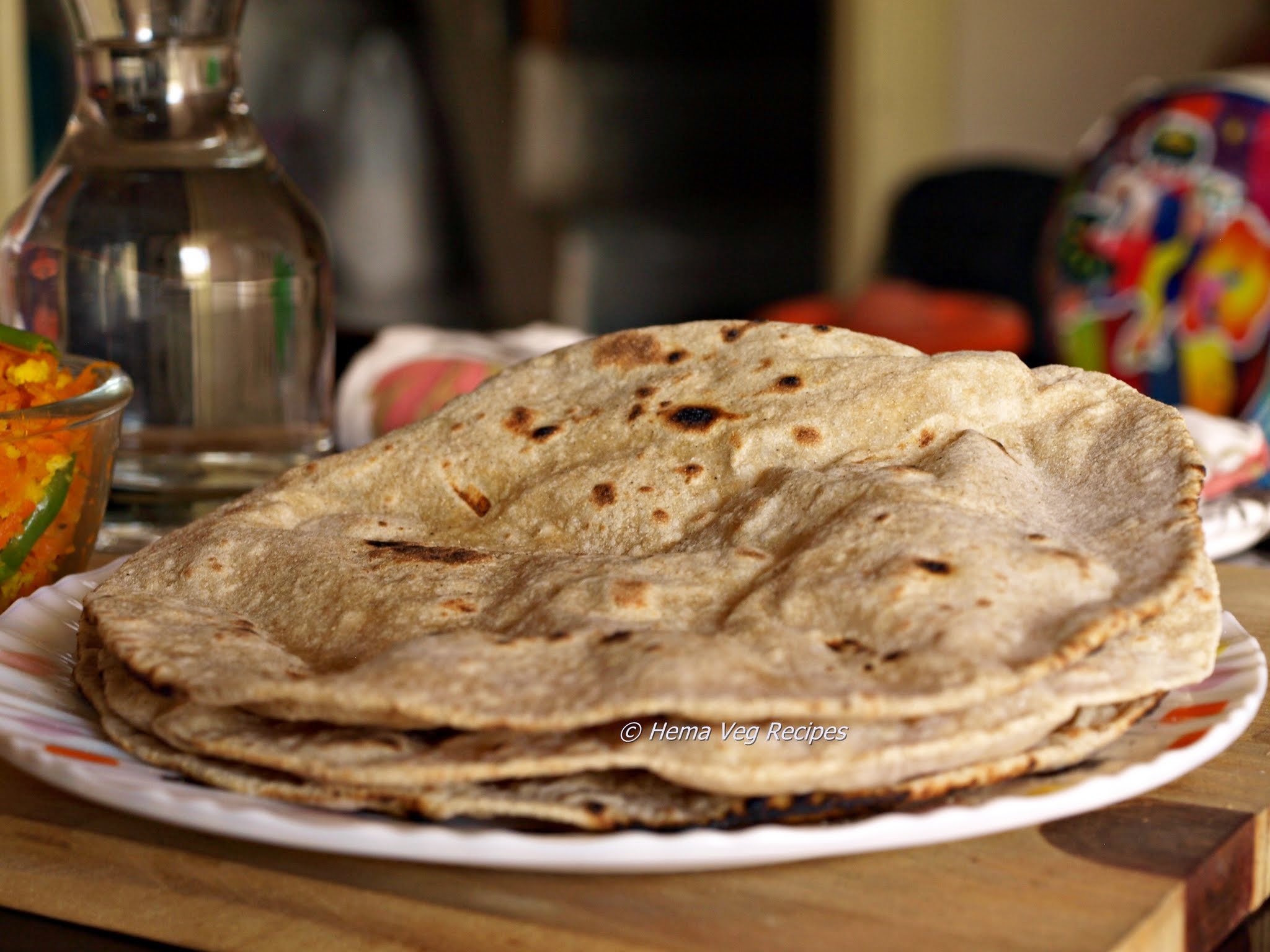
To my knowledge kneading, rolling and making Phulka puffy is also an art. One has to practice to get soft and Puffy Phulka. Knowing about the Wheat flour is also an important role in preparing Phulka. Before buying the Atta or Wheat Flour make sure that there is no Maida in it. I prefer Ashirwad Atta or Namdhari’s Atta, which has lots of fibre in it. We cannot store and eat the Phulka once it is cooled. It has to be consumed immediately after removing from the flame else it turns hard.
So when you want to pack it for lunch or store till evening, it is better to use Ashirwad whole wheat atta or Select atta and make Chapati. While kneading the atta, I never used to add Oil in it. If you keep the dough for more time, when added oil the dough turns black. Some people say that oil gives softness to these breads. Oil is an optional ingredient. If you are very health conscious consider eating Phulka every day.
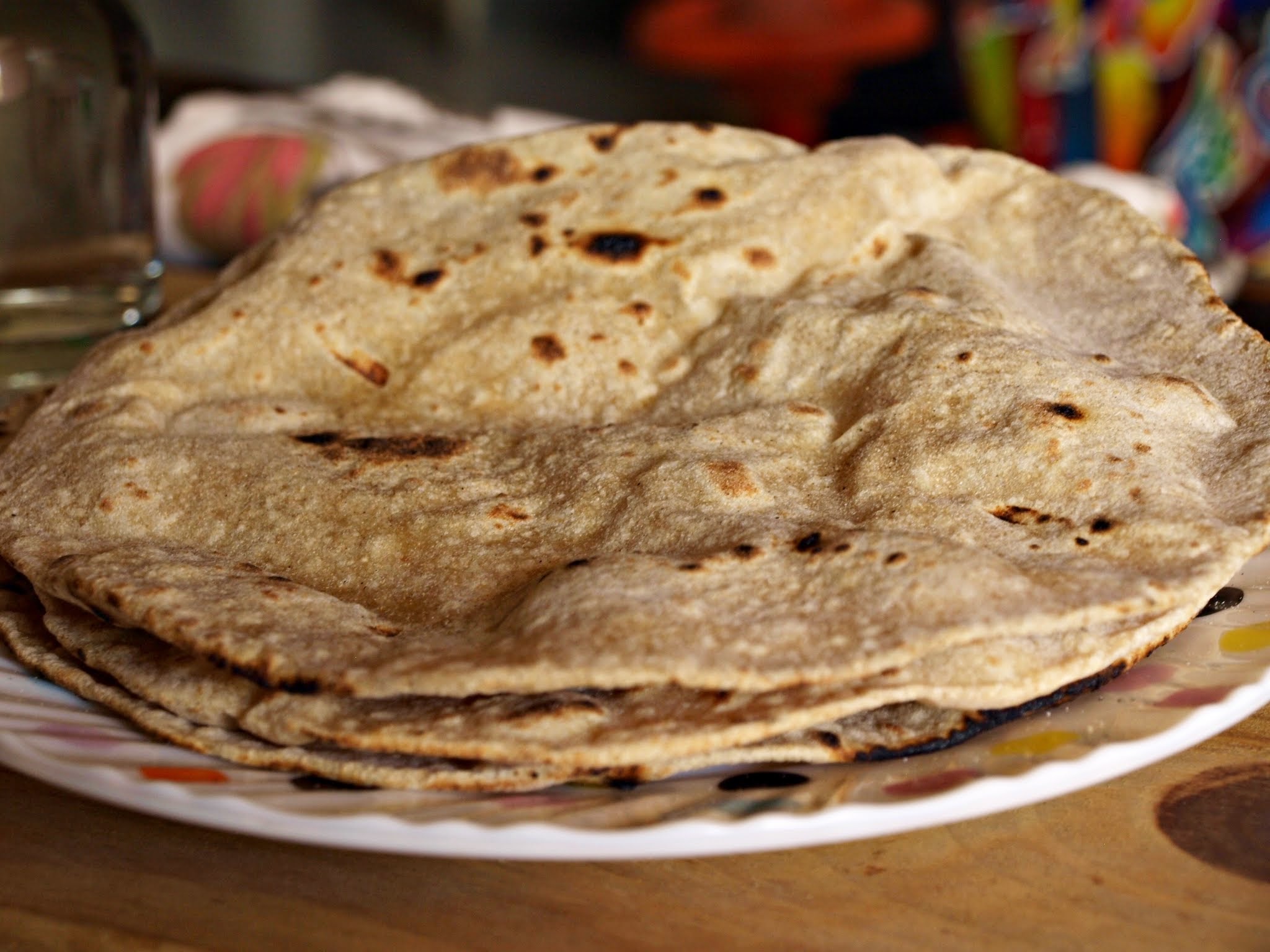
Phulka and Chapati Ingredients:
- Wheat Flour – 1 Cup
- Salt
- Oil – 1/2 tsp (Optional)
- Water – As needed
Materials required for making Phulka and Chapati :
- Tawa or the Iron Skillet
- Roller board and Rolling Pin
- Flat Tong – Specially used to remove the Phulka from flame.
Preparation Time: 5 to 8 minutes
Waiting period: 1 hour
How to Make Phulka:
1. In a large bowl, put the Wheat Flour, Salt, Oil and mix it from your fingertips. Ensure that the Salt and Oil mix well with the Wheat Flour.
2. Now add water little by little to the bowl and knead it to make soft pliable dough. Add more water if needed. The dough should neither be too hard or tight nor too soft. If it is too soft or sticky add little more Wheat Flour and knead it. It should be non-sticky as in the image. The secret behind soft Phulka is kneading the dough properly and should be pliable.
3. Rest the Dough for 1 hour. This helps the Phulka to turn soft and puff while cooking directly on flame.

4. After an hour, divide the dough to make equal size balls. Keep ready some Wheat Flour in a plate for dusting.
5. Take one ball and make it once again round. Flatten it once between your palms and dust with the Wheat Flour. Roll it on the Roller board using roller pin to get a circle shape. If the dough is sticking to the board or pin, just dust again with the flour and roll out properly. Try to minimize the usage of flour for dusting as it makes the Phulka dry and hard. The rolled out dough should be uniform on all sides. Make sure there are no holes in the rolled out dough for the Phulka to puff on the flame.
6. Heat the tawa or skillet which is used to cook the Phulka. Slowly remove the rolled dough from the roller board and put it on the tawa. Cook for few seconds until small bubbles or golden spots appear on it. Now turn over the Phulka and cook it on the other side same way.

7. Using a flat tong remove the half cooked Phulka from the Tawa and put it directly on high flame as in the image. Now the Phulka will slowly puff up like a balloon. Slowly reverse the Phulka on the flame and cook the other side also. Once it is done, remove from the flame and serve hot with any variety of Sabji or Curry. If you want to keep it for little time, slightly smear it with melted Ghee or Clarified Butter and store it in a hot pot or hot case.
How to make Oil based Chapati:
1. Follow the above steps till 4.

2. Take one ball and make it once again round. Flatten it once between your palms and dust with the Wheat Flour. Using roller board and rolling pin make the ball into small circle (little bigger than your palm). Smear Oil on it and fold it to half. Next again smear Oil on the folded part and fold it to its half. It should look like a triangle with one edge curve.

3. Now take the triangle shape dough, dust it with Wheat Flour once and roll it again on the roller board to make a big circle. Initially you get all sorts of shapes and ask your child to name a country with that shape. Never mind, practice and try to roll the Chapati to round shape.

4. Put the rolled out Chapati on heated tawa, smear Ghee or Oil over it and cook properly on both the sides. Make sure that the edges also cook properly. You can see the 3 layers in the Chapati when you break it while eating.
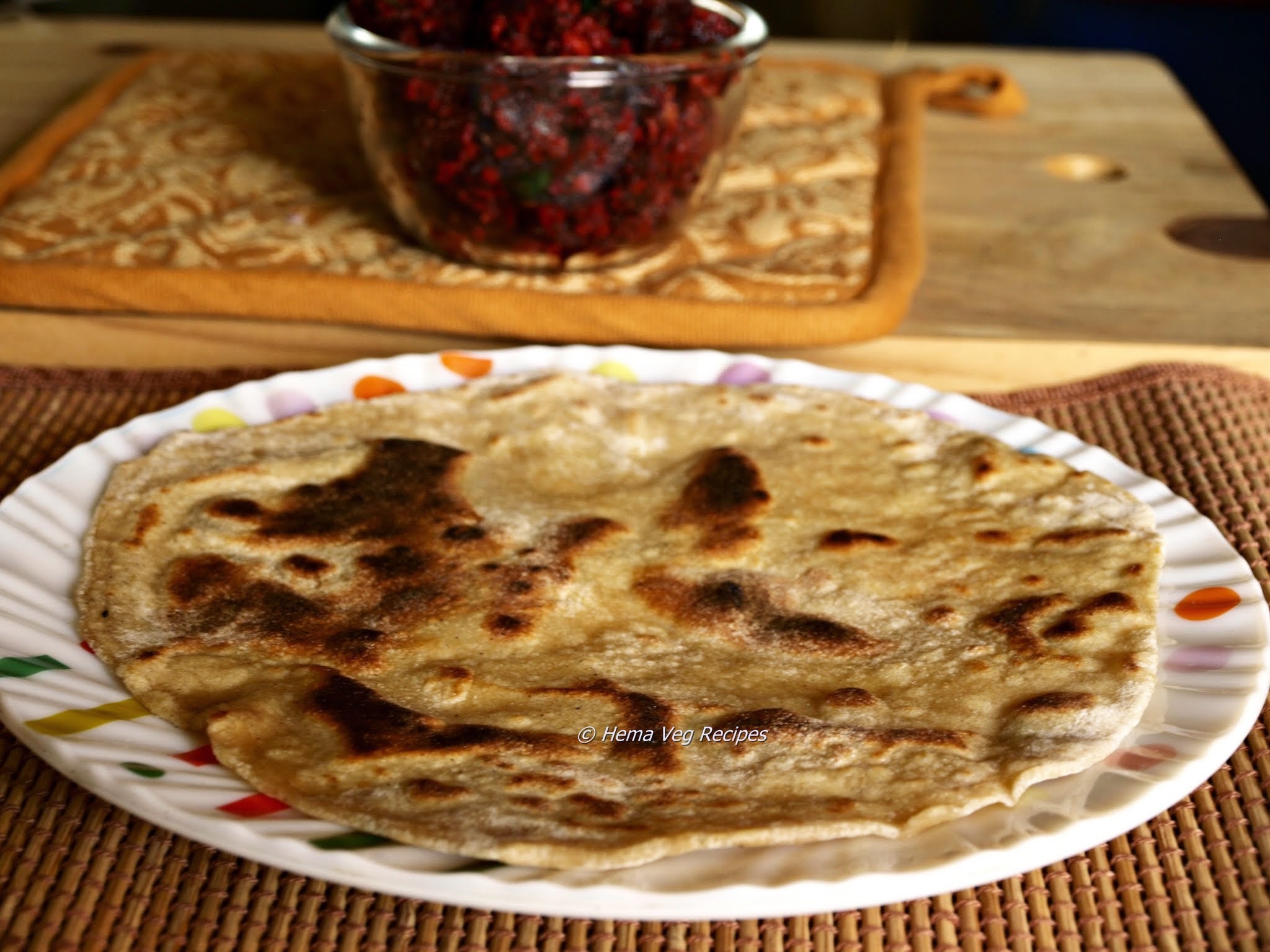
Tips:
Always choose the good quality of Wheat Flour.
While kneading the Atta or Wheat Flour, remember to add the correct quantity of water to it and knead it at least for 5 to 7 minutes. It may be difficult for a beginner, so add water little by little and prepare dough. The dough should be pliable and resting time is also important. If you are running out of time keep at least for 20 to 30 minutes to get soft Phulka or Chapati.
Try to roll the Chapati thin and flat.
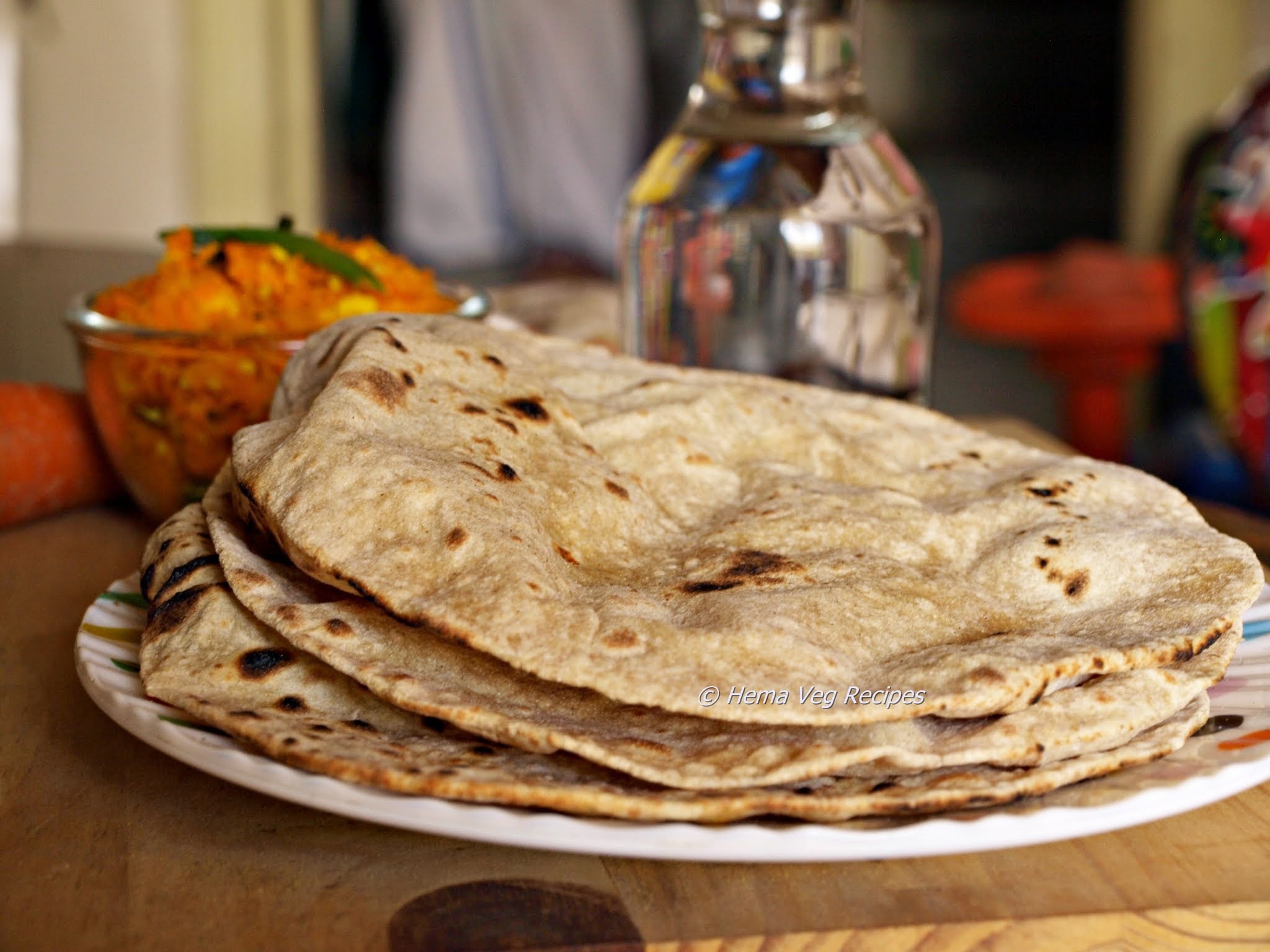
Flame should always be high while making Phulka. You can also cook both sides on direct flame.
If you want to keep the Phulka for some time, smear Ghee and keep it in an air tight container or hot box. Some people pack the Phulka wrapped in an aluminium foil. Even this keeps the Phulka or Chapati soft for more hours.

